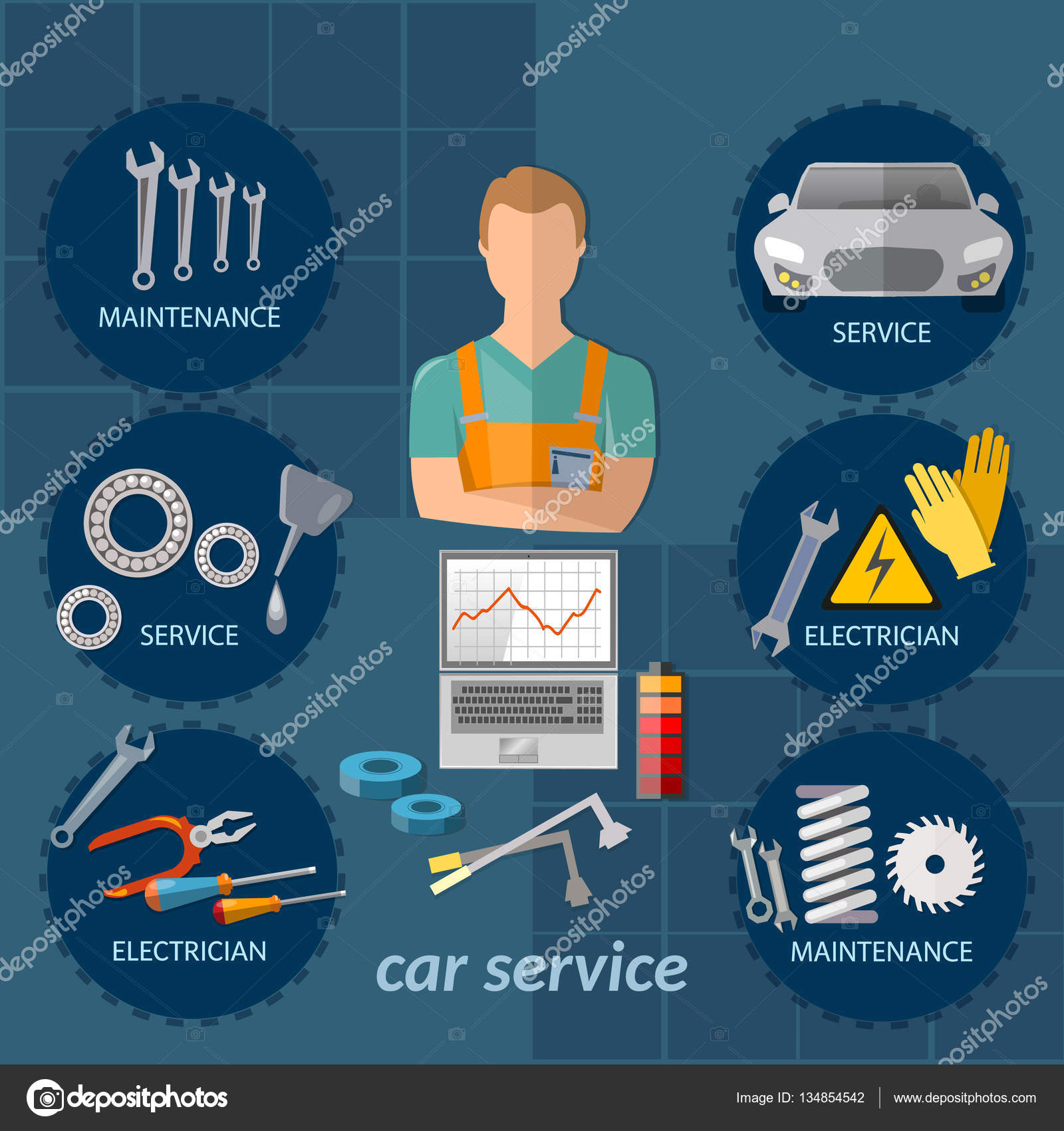Wondering Regarding The Meaning Behind Those Dashboard Caution Lights? Gain Understandings Right Into Their Ramifications For Your Car'S Security And Maintenance
Wondering Regarding The Meaning Behind Those Dashboard Caution Lights? Gain Understandings Right Into Their Ramifications For Your Car'S Security And Maintenance
Blog Article
Web Content Writer-Higgins Forbes
When you lag the wheel, those radiant caution lights on your dashboard can be a little bit perplexing. Do you understand what they're trying to inform you concerning your cars and truck's wellness? Recognizing the significance of these lights is crucial for your security and the longevity of your vehicle. So, the following time one of those lights pops up, would not you want to decipher its message precisely and take the needed actions to resolve it?
Common Warning Lights and Interpretations
Recognize typical warning lights in your cars and truck and recognize their meanings to ensure risk-free driving.
One of the most regular caution lights consist of the check engine light, which indicates problems with the engine or exhausts system. If this light comes on, it's crucial to have your vehicle inspected promptly.
The oil pressure alerting light shows low oil stress, calling for immediate interest to prevent engine damage.
A flashing battery light could recommend a malfunctioning billing system, potentially leaving you stranded if not attended to.
The tire pressure monitoring system (TPMS) light notifies you to reduced tire stress, affecting automobile stability and fuel effectiveness. Disregarding this can bring about unsafe driving problems.
The abdominal muscle light indicates a trouble with the anti-lock braking system, jeopardizing your capacity to stop quickly in emergencies.
Finally, visit the next website cautioning light warns of engine getting too hot, which can lead to severe damage otherwise solved promptly.
Understanding these usual caution lights will certainly aid you address concerns immediately and preserve secure driving conditions.
Significance of Prompt Focus
Understanding the usual caution lights in your automobile is just the first step; the relevance of immediately addressing these warnings can not be emphasized sufficient to guarantee your safety when traveling.
When a warning light illuminates on your dashboard, it's your cars and truck's method of interacting a potential issue that needs focus. Disregarding these cautions can lead to much more serious problems in the future, endangering your safety and potentially costing you extra in repairs.
Motivate focus to warning lights can avoid break downs and mishaps. For example, a flashing check engine light might suggest a misfire that, if left unattended, might cause damages to the catalytic converter. Resolving this quickly can conserve you from a pricey repair.
Similarly, a brake system cautioning light may signal low brake liquid or used brake pads, crucial parts for your security when driving.
DIY Troubleshooting Tips
If you discover a caution light on your dashboard, there are a few do it yourself fixing ideas you can try before looking for specialist assistance.
The initial step is to consult your automobile's guidebook to recognize what the particular warning light shows. In some cases the issue can be as easy as a loosened gas cap setting off the check engine light. Tightening just click the following internet page might settle the problem.
https://brake-service63940.blogdanica.com/29885569/captivated-by-auto-detailing-supplies-learn-about-the-important-tools-and-insider-tips-that-will-certainly-assist-newbies-enhance-their-describing-strategies is a low battery, which can activate different cautioning lights. Checking the battery connections for corrosion and ensuring they're safe could take care of the problem.
If a warning light lingers, you can try resetting it by disconnecting the cars and truck's battery for a few minutes and after that reconnecting it. Additionally, checking your vehicle's liquid degrees, such as oil, coolant, and brake fluid, can help troubleshoot cautioning lights associated with these systems.
Final thought
In conclusion, understanding your cars and truck's caution lights is essential for maintaining your lorry running efficiently and safely. By immediately dealing with these informs and knowing what they imply, you can prevent costly fixings and potential break downs.
Keep in mind to consult your vehicle's guidebook for certain details on each alerting light and take action appropriately to make sure a hassle-free driving experience.
Keep informed, remain secure on the road!
